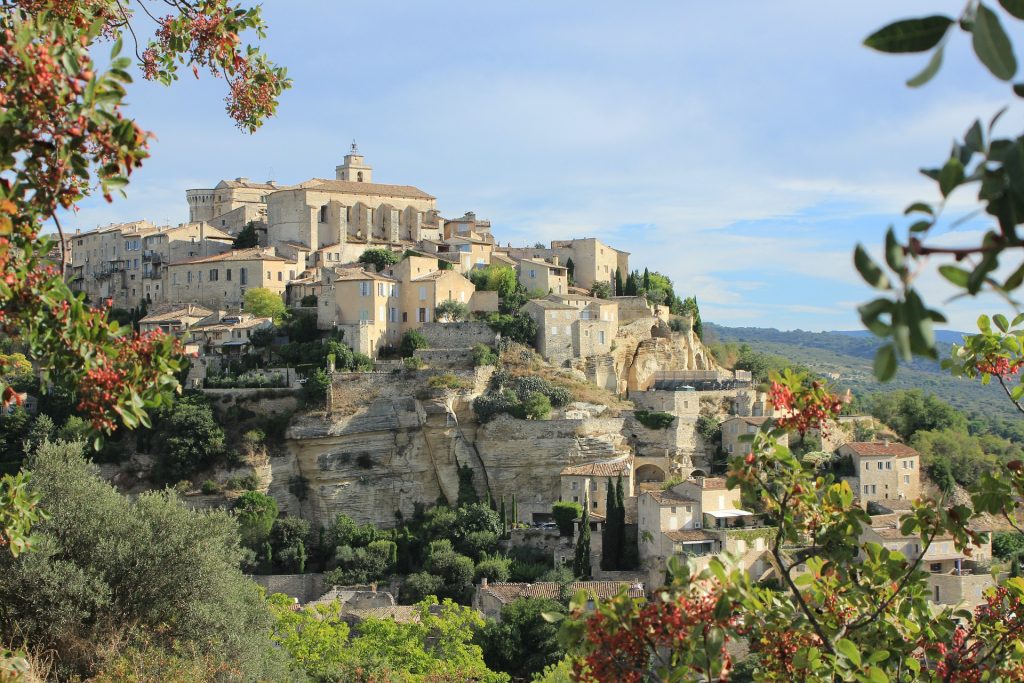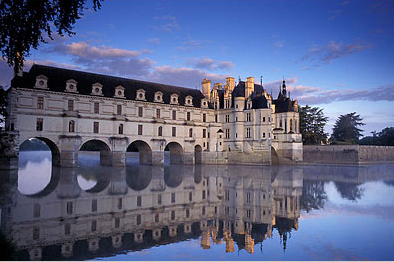Other Recent Articles
French Cycling – Part One
French cycling is as good as it gets. The cream (or more accurately, “crème” ) ‘o the crop. The top of the adventure mountain. And I’m not just saying that because French cycling is what I’m(almost) famous for.
Leader of the Pack
France has three big cycling advantages. First, and most important,it has more beauty and variety than any other European country. Italy, Spain, Southern Germany, Luxembourg-been there/done that/got the tee-shirt. If you have’nt –you need to! Each has something unique and exceptional to offer. But not variety “a la Francaise.”
Variety
French cycling’s second attraction is the abundance of bike trails throughout the country. You’ll notice I said “throughout” as opposed to “all over.” Some regions are more “cycle progressive” than others.
Options
But – Don’t despair! Because all over the country you will find at least two alternatives to the main filled-with-traffic-noise-exhaust fumes route. Country roads. Plain and simple. The highways of the country people. Dotted with –surprise, surprise – Them. Their houses. Their land. Their lifestyles. Now, isn’t that what really what French cycling is all about?
So,what about your French Cycling adventure? Whaddaya need to follow in my tire tracks?
Gonna spill all da beans in part two!
THROW ME A BONE HERE PEOPLE!
What are ya thinkin’?
Tour de France…in the slow lane.
Christopher Strong Bicycle Gourmets Tour de France
The Bicycle Gourmet’s Tour de France…
is different than the televised Tour de France.
In fact, The Bicycle Gourmet’s Tour de France is better. Not just for DA BG,but for you as well.
Here’s why:
1. Bicycle Gourmet’s Tour de France is longer. WWWay longer. Starting in late Spring and continuing until Early Autumn. (or whenever the weather stops playing nice.)
2. The Bicycle Gourmet’s Tour de France is sssssslower. (Yes, DA BG is the poster boy for the “slow bike movement.”) Slower means I actually see/enjoy the countryside, memorable moments with the locals, that my heads down mile-a-minute lycra clad cousins can’t.
3. The Bicycle Gourmet’s Tour de France is all about discovery and adventure. As my motto says : “Tasting the land and the people as well as the food and wine.” The speed crazed Tour de France is all about applause, medals and after shave/shaving foam/razor endorsements.
Remember I said at the start that The Bicycle Gourmet’s Tour de France is better than the classic one? for you also?
That’s because when DA BG glides down those sun dappled country roads – he records the beauty of it all -for you. In videos like this:
France’s Most Amazing Chateau?
Chenonceau The Dream French Chateau is the one, of all I have known and seen – that I would like to be the owner of.
While it’s a cliche to say Chenonceau is “steeped in History” (and what French Chetau isn’t?) it is a history basically of rivalry and romance. The rivalry being between the Queen of that moment – Catherine de Medici, and Diane de Poitiers. The tutor, and later mistress of King Henri 2. My faithful readers ( all three of them) will recall I told this tale in THIS POST.
As the visual aspect of Chenonceau is it’s most distinctive and unique exterior feature, here are three videos that will give you -as you would imagine – three different flavors of this very large slice of French History:
Authors note: Chenonceau, although a classified Historical monument is owned by the Menier Family. (They of – at least in france – chocolate fame)
More Info HERE.
THROW ME A BONE HERE, PEOPLE!
What are ya thinkin’?



